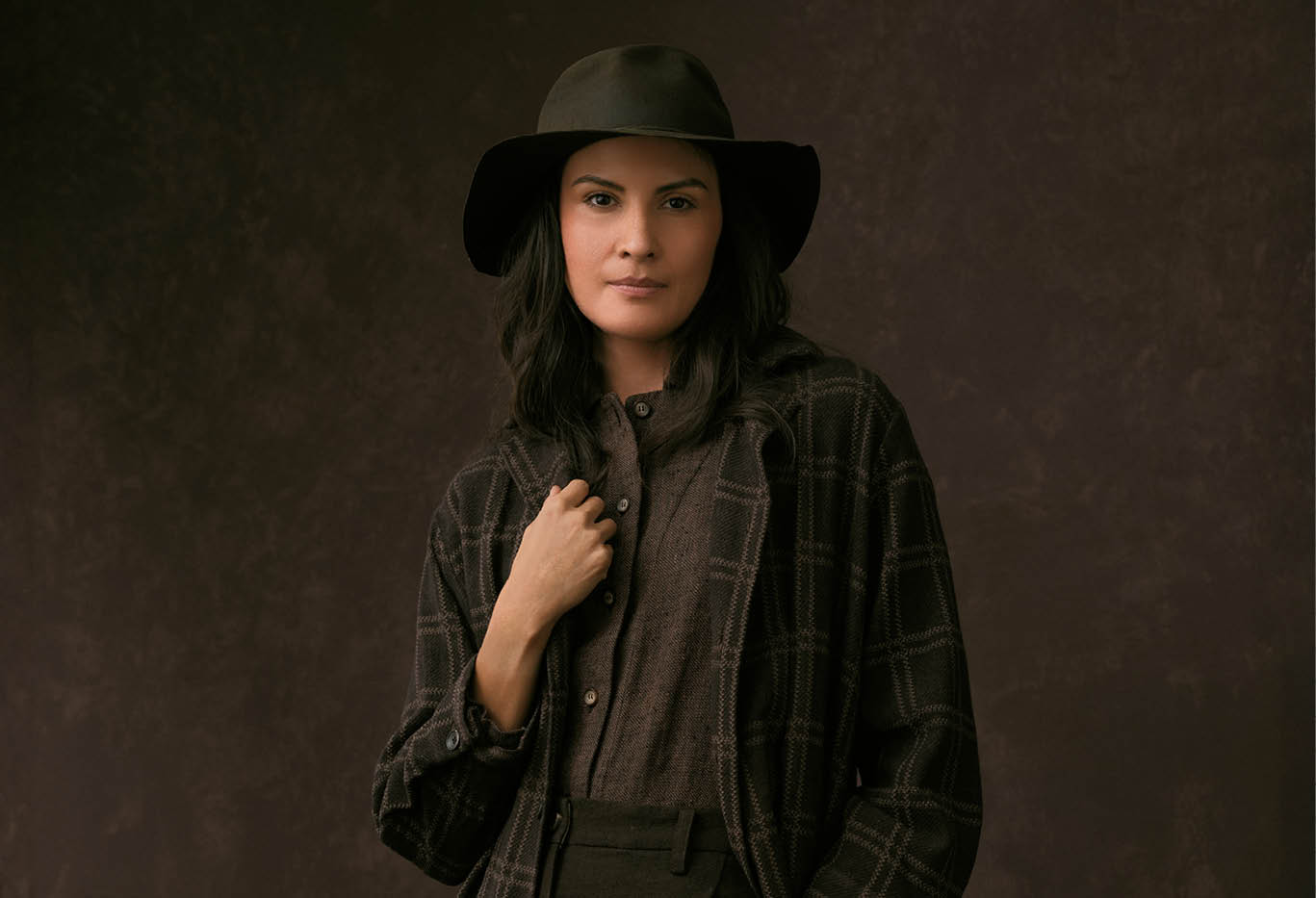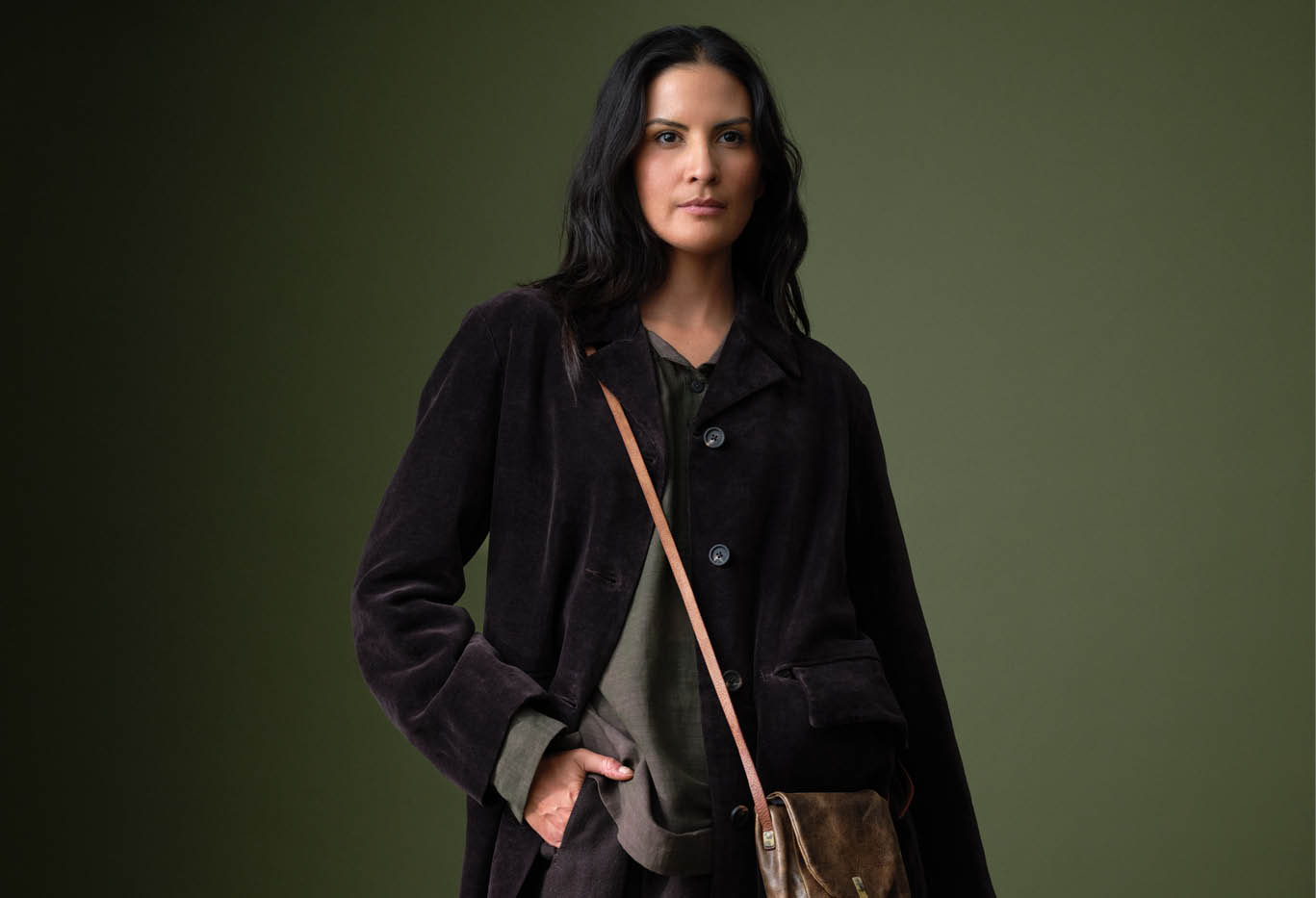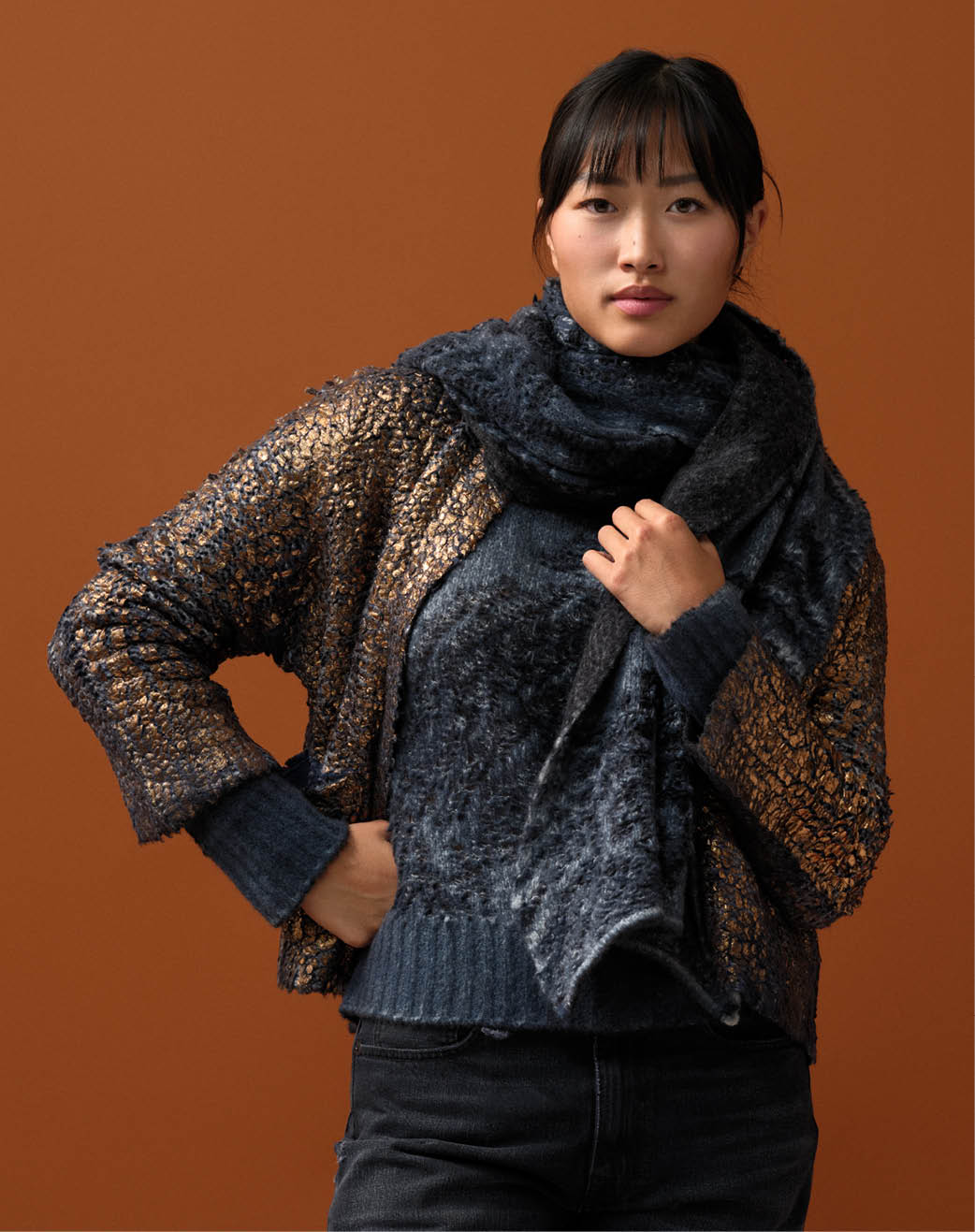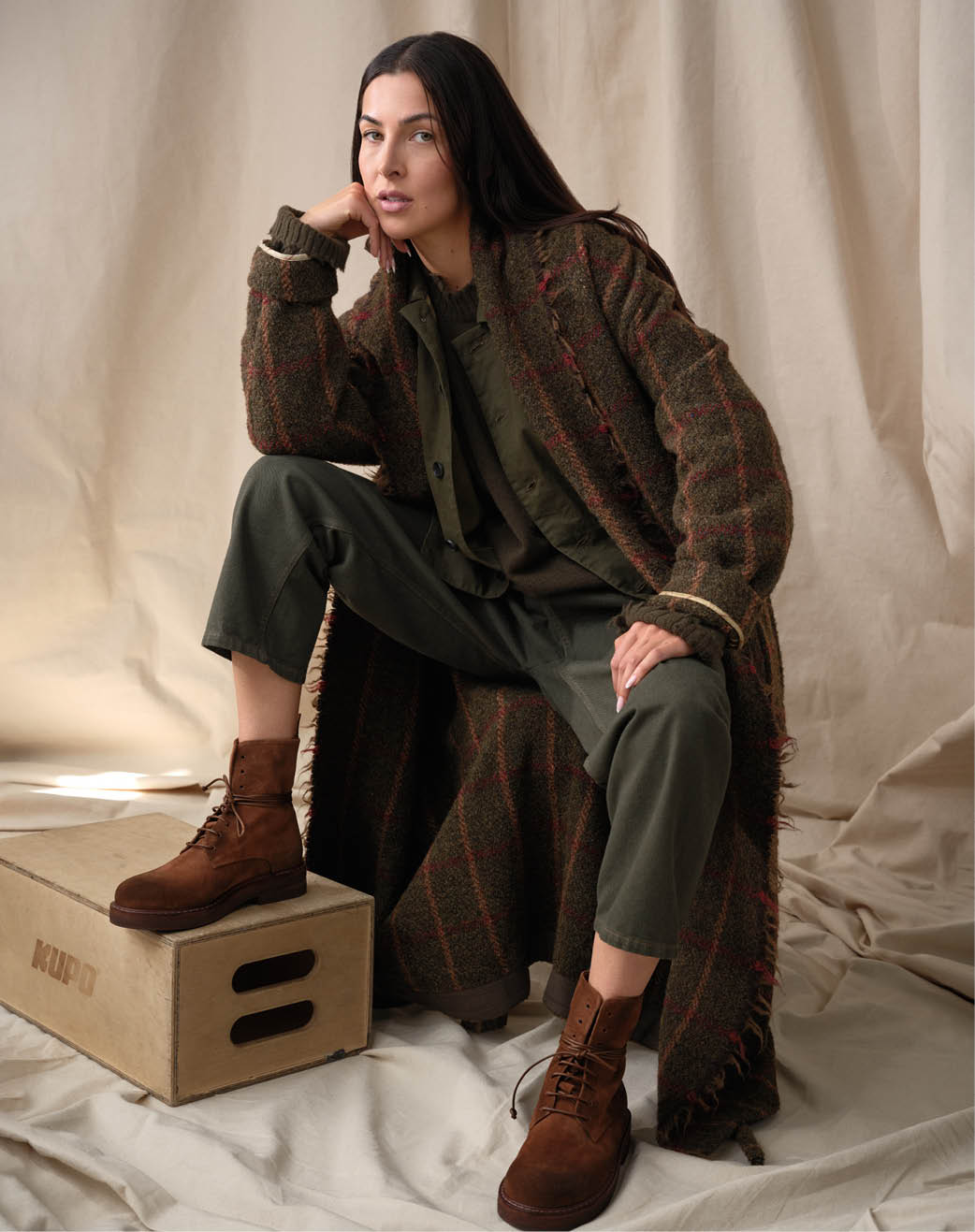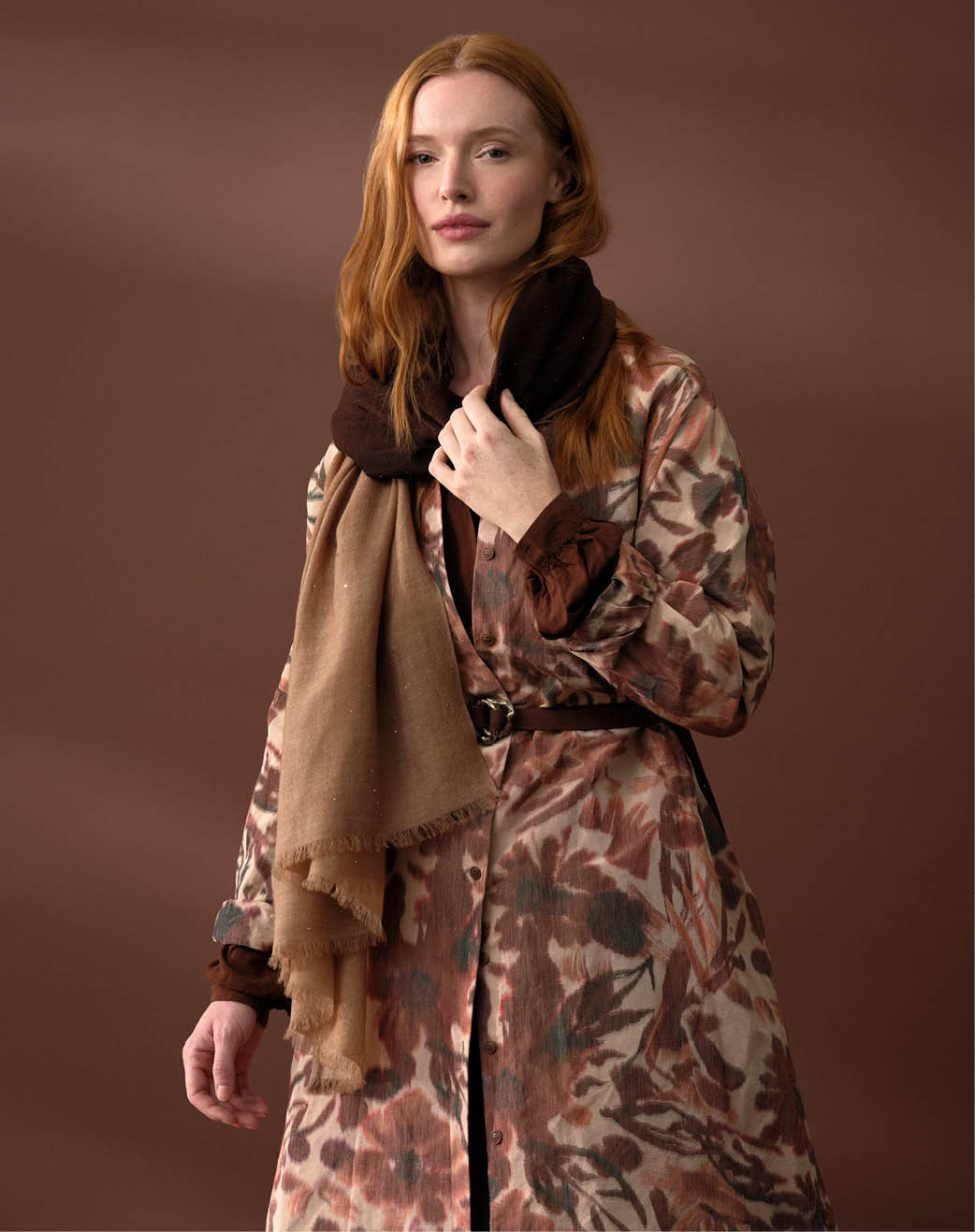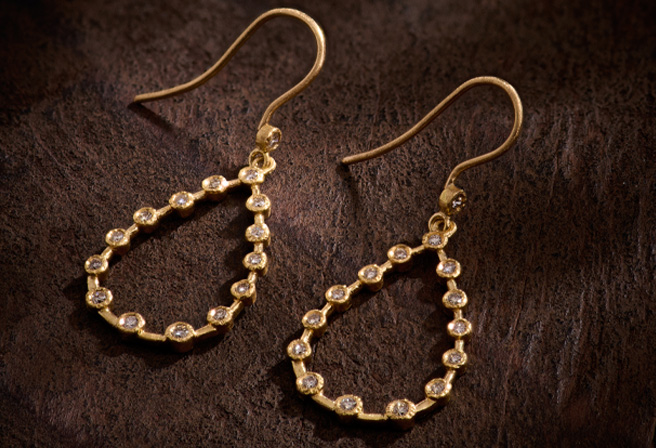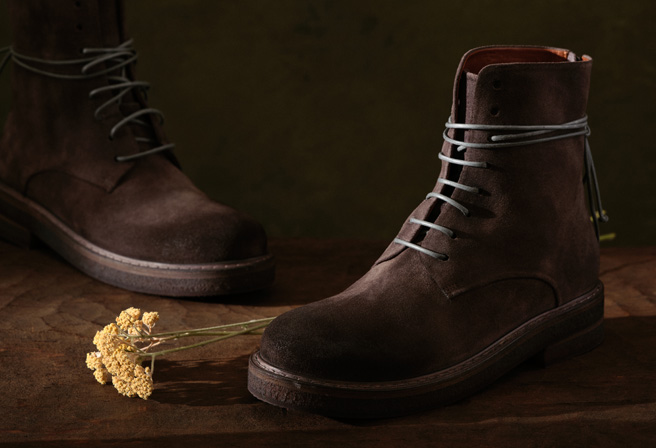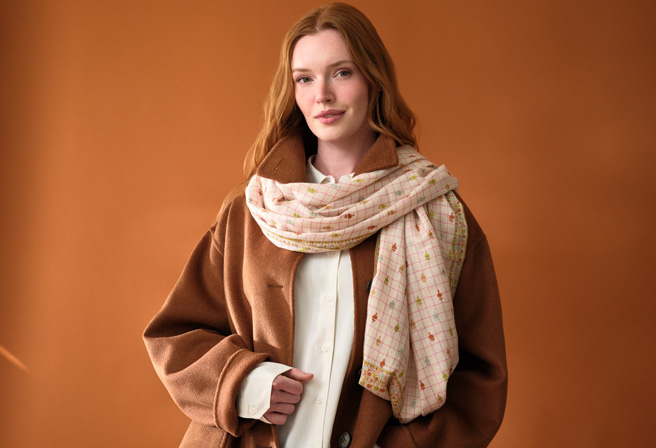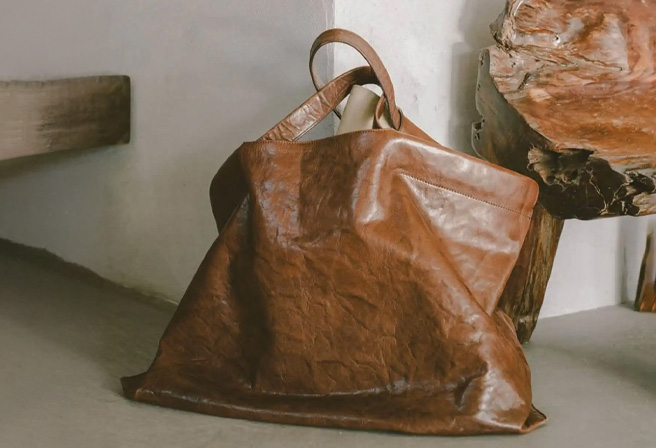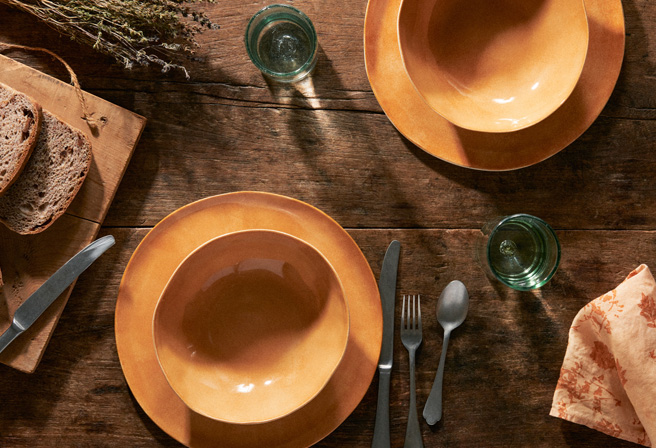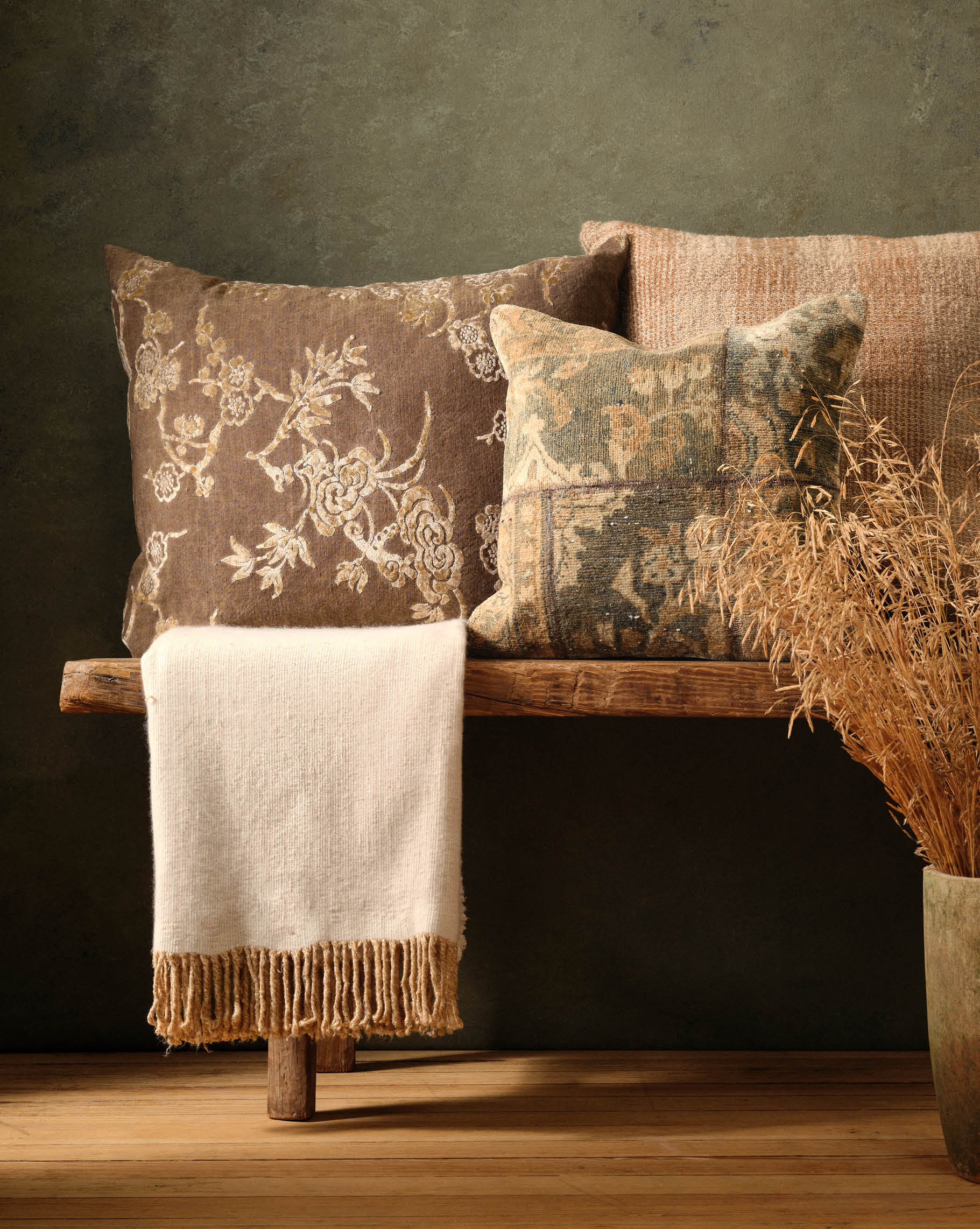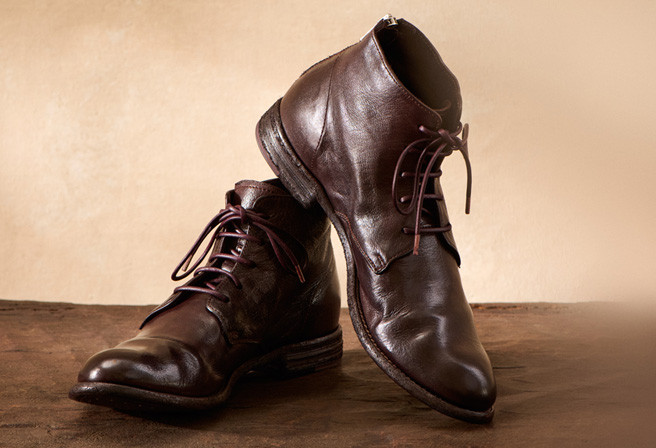
Often thrown around as a shorthand for luxury, high-quality cashmere is a material unabashedly worthy of its accolades. It’s warming, lightweight and famously soft against the skin. It can be washed, brushed or felted; spun lofty for additional plush or spun tightly for smoothness; dyed in a kaleidoscope of color or left to its naturally tawny hues. Like all woolen fibers, the possibilities are as endless as they are tried and true… long since perfected by Kashmir and Mongolia since the 3rd century BCE.


Cashmere fiber is found only in the downy winter undercoat of specific goats, such as the Alasan or Wuzhumuqin breeds. While these goats can be raised anywhere, the most preciously soft roam the pastures of Inner Mongolia. The combination of high elevation and harsh temperature fluctuations has evolved the species of this region to naturally adapt a “double fleece” to insulate them from the elements. The upper layer is a mat of rugged wool that forms a waterproof guard for the soft, inner layer of warming down used in cashmere yarn—a duality that keeps the goats comfortable in all seasons.


The process of harvesting cashmere is laborious, but necessarily so for the wellbeing of the animals. The fibers are gently brushed from the undercoat by hand, then sorted by thickness, length and color before being spun. The longer and thicker the fiber, the more durability in the resulting yarn. The lighter the color, the easier it is to dye. Given the insulating properties of their origin, cashmere weaves are much lighter than their wool counterparts. A great piece of cashmere can, and will, last a lifetime with proper care.

Alonpi’s own commitment to cashmere is nothing short of devotion: this is a brand that has been dedicated to the art of softness for over 40 years. They prioritize the truest, softest cashmere found in the coats of Inner Mongolian goats. Their yarns, woven on site at their workshop in Biella, Italy, are woven into ponchos and wraps that are as lush as they are timeless. They cheekily suggest that the quality of their cashmere is not just due to the source of the fiber, but the location of their studio. Each and every bolt is washed in the headwaters of the Alps before becoming a garment, a mythical ritual that acts as the finishing touch for this process steeped in expertise and tradition.




